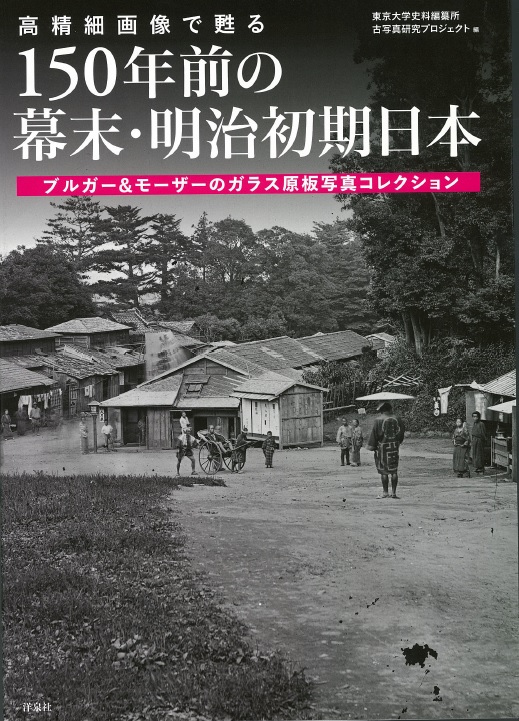
Title
Historical Science Series Buke Hoko-nin to Toshi-Shakai (Servants of Warrior Households and Urban Society)
Size
360 pages
Language
Japanese
Released
December 01, 2017
ISBN
978-4751747803
Published by
Azekura Shobo
See Book Availability at Library
Japanese Page
Matsumoto Ryōta, the author of this book, died of heart failure in September 2016 at the age of fifty-eight when he was associate professor in the Early Modern Materials Department at the Historiographical Institute, University of Tokyo. This book, divided into three parts, is a collection of his posthumous writings compiled by Yoshida Nobuyuki, his professor at graduate school and emeritus professor of the University of Tokyo, together with some of his colleagues.
In the residences of daimyō and direct retainers of the shogun (hatamoto) that made up the samurai quarters of Edo there were, in addition to family retainers with the status of samurai, vast numbers of servants who served as common footsoldiers, attendants, and minions. Many of them had been brought from villages and castle towns in the daimyō’s or hatamoto’s domain as short-term indentured servants, but there were also many whose services had been engaged in Edo. Yoshida Nobuyuki has published a series of studies in which he discusses these short-term indentured servants of warrior households found in the Edo residences of warrior households, regarding them as one of the principal types of the social stratum of “day labourers,” who were “the most basal entity” in urban lower-class society and in effect sold their labour (Japanese-style mercenary soldiers). Taking this research into account and basing himself on an analysis of examples from Shinshū and Kazusa, Matsumoto examined the structure of the supply of servants by special brokers called kakaemoto, who supplied servants to the Edo residences of daimyō and hatamoto. He also analyzed the servants’ mode of existence and the way in which they were employed in the residences of warrior households and discussed the development of a world distinctive of servants that possessed a structure different in nature from a society composed of men who were originally of samurai status, a structure in which there existed diverse conventions and customs at the level of labour and daily life that were the responsibility of those in charge of the servants’ quarters and which was relatively independent of control and management by samurai. In an article about the Edo residence of Chōshū domain, it is pointed out that many of the servants hired in Chōshū domain and brought to Edo absconded and disappeared into the city of Edo. Starting with an article on specialist employment agencies called hitoyado that supplied diverse forms of labour, including servants and day labourers, to shogunate offices, warrior households, townspeople, and temples and shrines (first published in Iwanami Lecture Series: A General History of Japan), on the whole the articles making up parts 1 and 2 of this book constitute “a series of basic studies about servants of warrior households” based on meticulous evidence-based research and sound logic.
Part 3 brings together articles considered to deal with “research topics that developed directly from research on servants of warrior households” and “germs of new research.” In particular, chapter 8, “Samurai Status and Urban Society in the Second Half of the Early Modern Period,” is a paper presented at the Early Modern History Section of the 1998 annual conference of the Historical Science Society of Japan, in which Matsumoto attempted to develop his arguments from an awareness of the issues fostered through his study of servants of warrior households into a theory about low-ranking samurai. The source taken up in this paper was the household records written by the novelist Takizawa Bakin (1767–1848) in the second half of the early modern period. The Takizawa family was a family of low-ranking samurai serving as hatamoto stewards, and on the basis of an analysis of its records Matsumoto argues that hatamoto retainers (stewards) and low-level retainers of the shogun were closely interconnected, with movement between the two, and formed as a whole a society of low-ranking samurai.
Regrettably Matsumoto’s research was brought to a halt by illness, and there are some writings, included in the “Addenda,” that were left incomplete. But his clear-cut awareness of the issues and his meticulous evidence-based research deserve to be properly remembered in the history of research in this field. I would strongly recommend this book.
(Written by Toru Hoya, Professor/Director, Historiographical Institute / 2018)



 Find a book
Find a book


